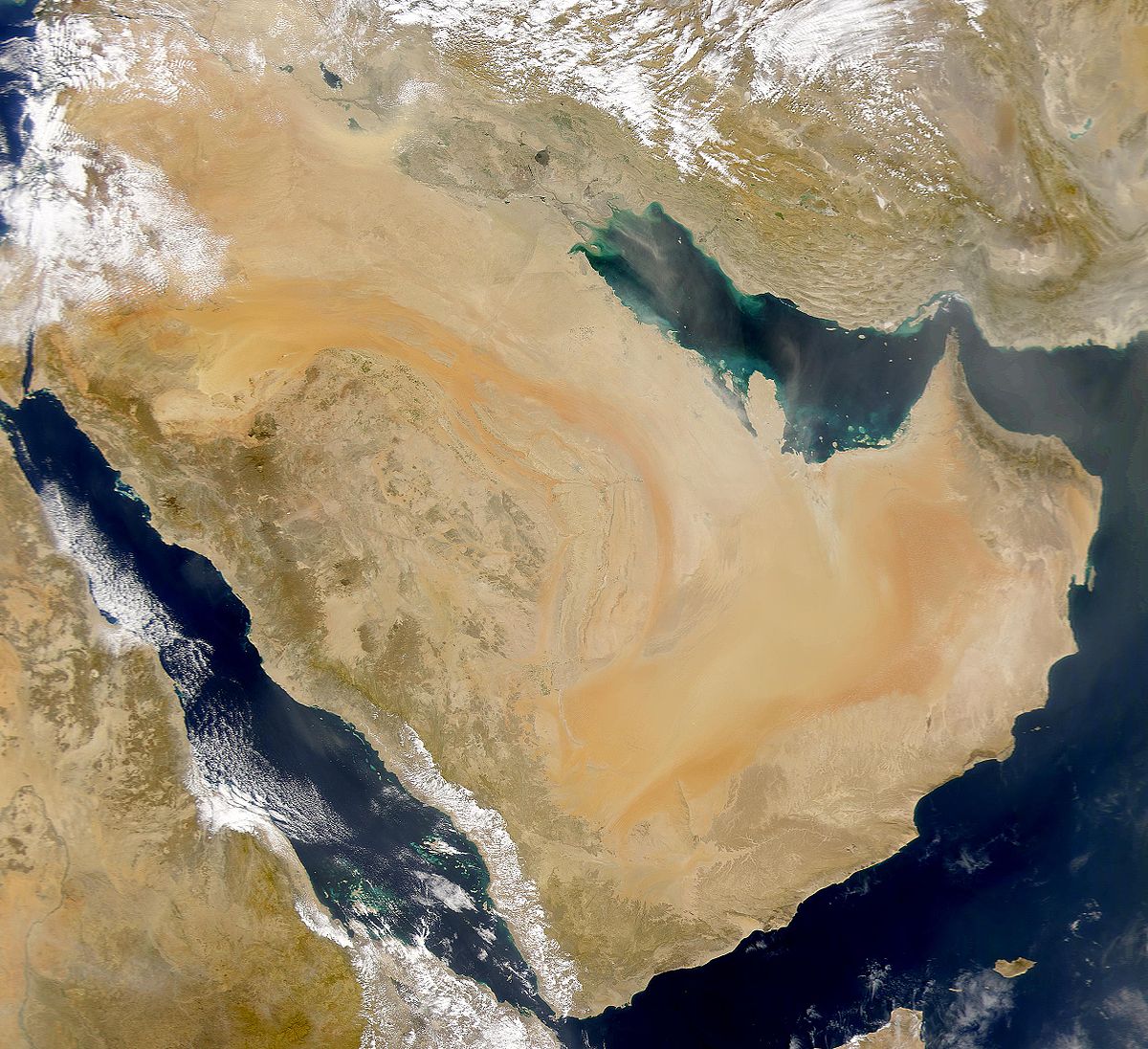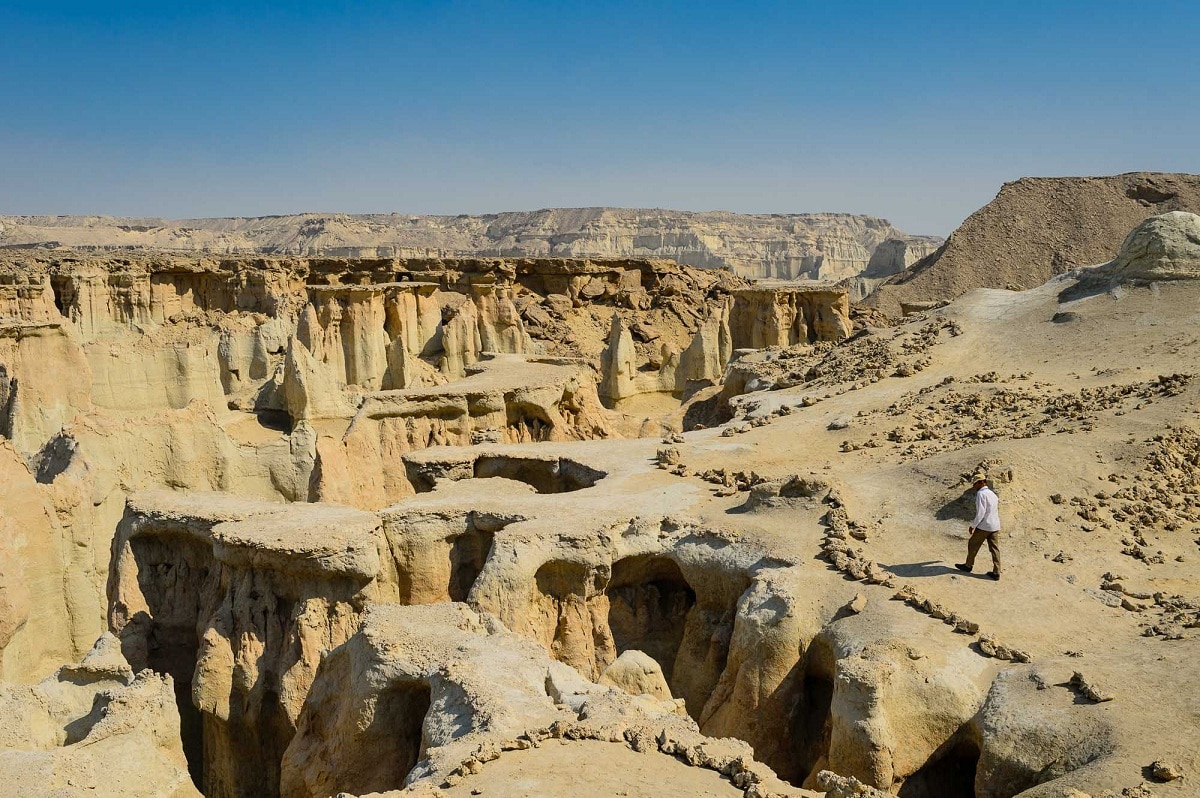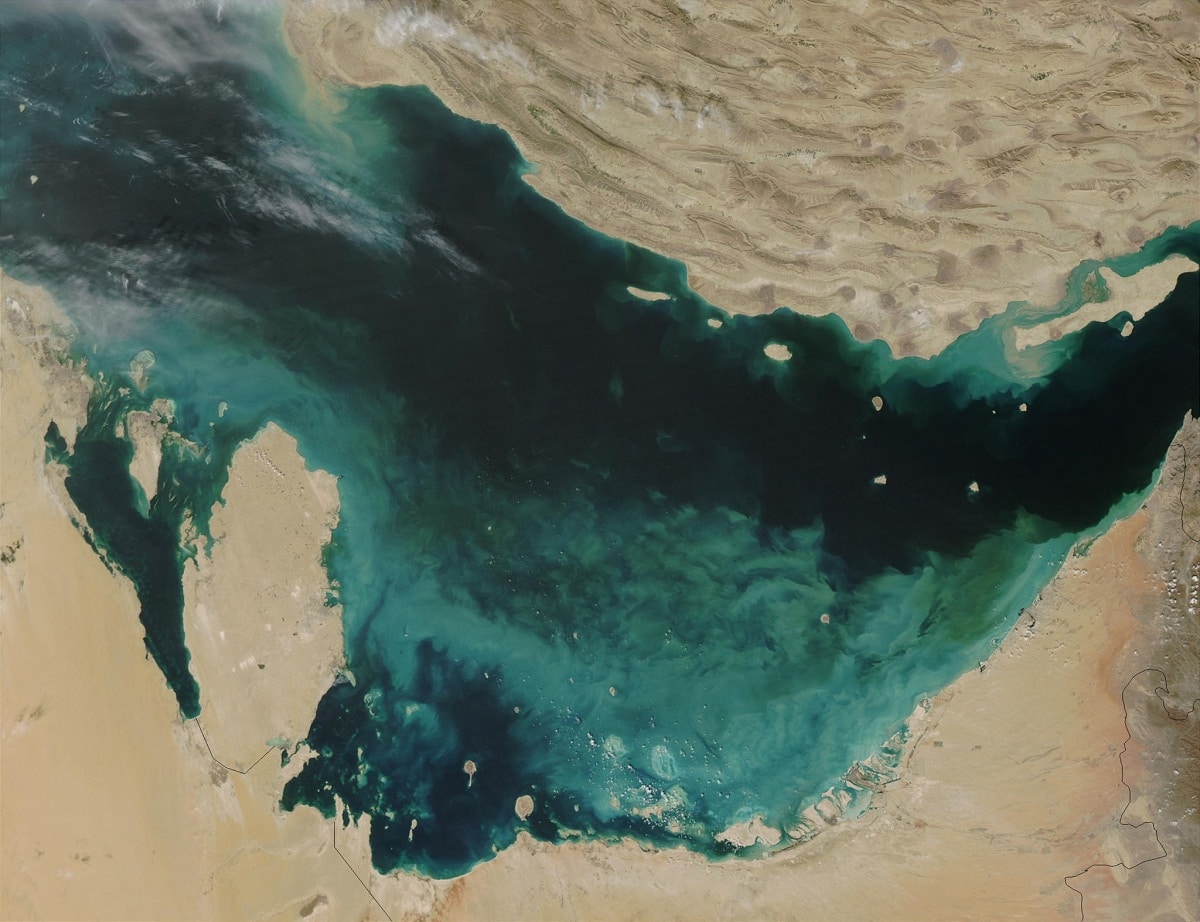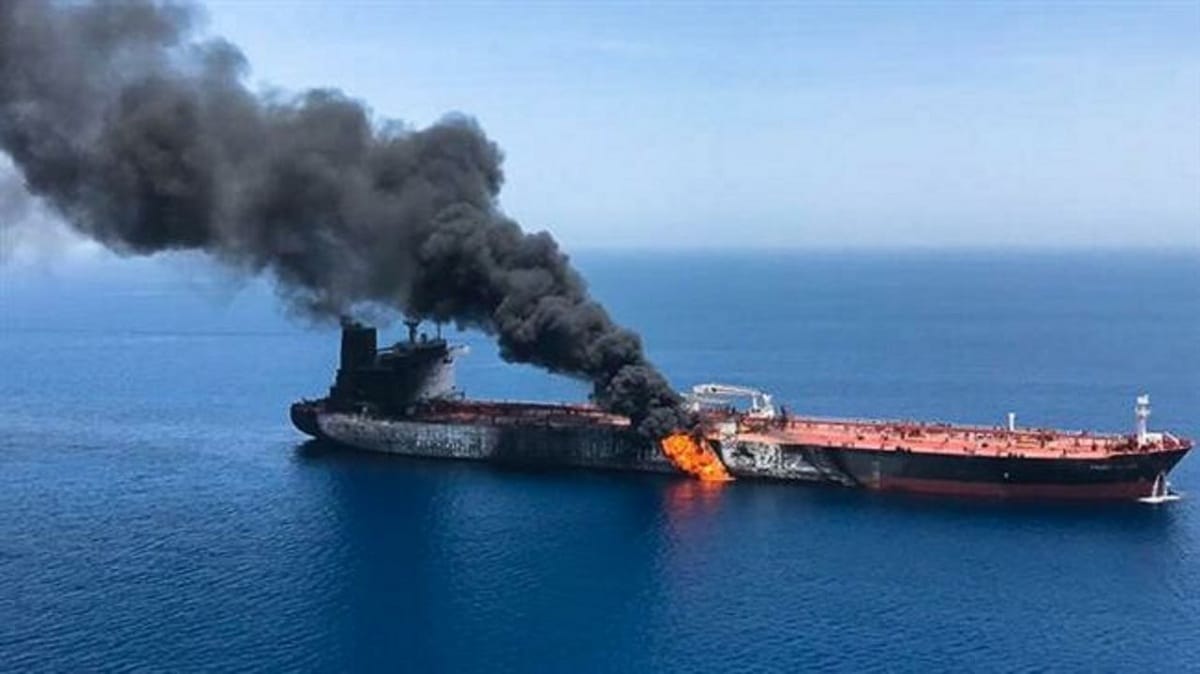
Today we are going to talk about one of the most talked about areas of the world over the years given that it has a large amount of natural resources and is the scene of a series of conflicts that have been very important for the history of the world. Its about Persian Gulf. Formerly it was a region of a great size in which different civilizations lived. Today it is linked to the war due to various clashes that have taken place here.
Therefore, we are going to dedicate this article to tell you all the characteristics, history, origin and threats of the Persian Gulf.
Key features

It is also known by the name of the Arabian Gulf and is a marine gulf that is large but shallow. It is located between Iran and the Arabian Peninsula. If we analyze from the geological point of view, we see that it is an expanse of the Indian Ocean. It limits the north, northeast and east with Iran; to the southeast and south by Oman and the United Arab Emirates; to the southwest and west with Qatar, Bahrain and Saudi Arabia; and in the northwest by Kuwait and Iraq.
The formation of this serious gulf during the last glacial maximum and the beginning of the Holocene. At that time, this gulf was an environmental refuge for the first humans who could live there to protect themselves from climatic fluctuations. And it is that for a certain moment it was a wide fertile region that had a valley and swamps. In this valley the rivers of the Persian basin emptied.
The oldest known human settlements belong to nomadic tribes. They occurred at the end of the XNUMXth century BC and this entire place began to be controlled by the Dilmun civilization. For quite some time the most important settlement that was reigning was Gerrha and on some occasions there were battles that were quite damaging. The coast was dominated by the prey empires and hence it is called the Persian Gulf.
Cities and countries of the Persian Gulf

Let's see which are the most prominent countries and cities in this place. As for the countries, the following countries are part of the Persian Gulf: Turkey, Syria, Jordan, Iraq, Kuwait, Saudi Arabia, Bahrain, the United Arab Emirates, Yemen, Iran, and Oman.
Most cities have particular characteristics since they present unique geological forms and almost the vast majority of them have large oil deposits. Saudi Arabia is the cradle of the language and of all the Arab farms that exist in this place. It is also considered one of the places responsible for the largest oil generation in the world.
Qatar bases its great economy on fishing and pearl gathering. This was until they discovered the large oil fields that exist in these places. Once they discovered the oil fields, they made this the main source of income for the country.
On the other hand, we have countries like Kuwait that have a rich economy or oil fields with a capacity of approximately 94 billion barrels of oil. This has quality as an energy reserve and as a source of income for the country. Another area known as Bahrain It is an economy that has been able to modernize thanks to its operation based on oil. Modernization has been allowed for both the state and the people who live in these places due to the increase in income from the sale of oil.
The United Arab Emirates, Iran, Iraq, Oman possess oil fields which is the basic and substantial economic source.
Biodiversity of the Persian Gulf

As in this blog what interests a place is the natural part, we are going to focus on the biodiversity of the Persian Gulf. We are going to divide this biodiversity into flora and fauna.
Life in these places is quite diverse due to the high geographical distribution it has. Some of the most important species of fauna in the marine environment have been found in the Persian Gulf. It should also be noted that some of the magnificent species of marine flora and fauna have been on the verge of extinction or suffer a serious environmental risk. This is due to the economic activities derived from the use of oil.
From corals to dugongs, this place has enormous biodiversity as it has numerous habitats for many species that depend on each other for their survival. Wildlife is endangered by global factors such as local and regional negligence. Most of the pollution produced by oil activities comes from ships. The production of pollution by humans counts as the second most common source of pollution. The main problem of this contamination it is the destruction and fragmentation of the natural habitats of the different species of flora and fauna.
As for the flora, it is not very extensive in some parts but it is unique and exuberant. This means that there are numerous endemic species in this area. The main problem that affects the flora are the constant oil spills. As a result of this pollution, disasters and degradation of the ecosystems and habitats that support the vegetation occur.
Importance and curiosities
As might be expected, the great economic importance of the Persian Gulf is due to the oil reserves in this region. Thanks to these oil reserves, there has been an unprecedented economic and demographic development. It should be borne in mind that the countries belonging to the Persian Gulf supply around 40% of the world's crude oil exports and around 15% of the exports of petroleum products.
As for the curiosities, we have some that are the following:
- Because of the uncontrolled use of oil, greenhouse gas emissions are increasing and, if not decreased by the end of the century, the increase in temperatures in this place so that the gulf becomes an almost uninhabitable area.
- In the Persian Gulf there is a place considered the warmest in terms of seas and manages to reach temperatures of up to 64 degrees in summer.
I hope that with this information you can learn more about the Persian Gulf and its characteristics.